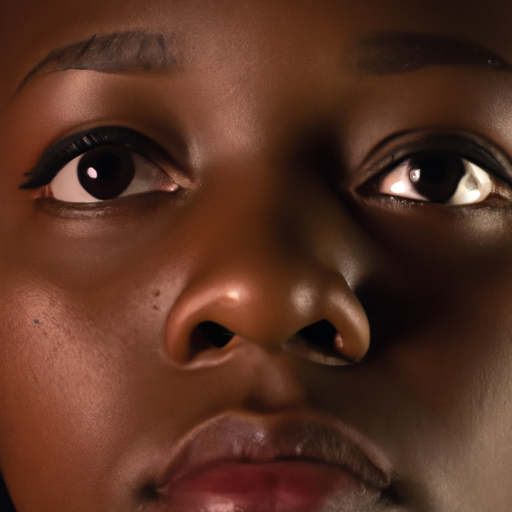Title: Busting Blemishes: Unveiling the Latest Breakthroughs in Acne Treatment
As a seasoned dermatologist, I have witnessed the distress acne can cause to individuals of all ages. This common skin condition affects nearly 85% of people at some point in their lives, causing not only physical discomfort but also psychological distress due to its impact on appearance. However, the field of dermatology has seen significant advancements in acne treatment, offering new hope to those battling this persistent skin condition. In this article, we will delve into the latest breakthroughs in acne treatment that are revolutionizing skincare.
The first breakthrough to discuss is the use of light therapy. Light therapy, particularly blue and red light therapy, has emerged as a promising acne treatment. Blue light therapy targets the bacteria that cause acne inflammation, while red light therapy aids in reducing inflammation and healing the skin. These treatments are non-invasive, painless, and can be performed in a dermatologist’s office or at home with a light therapy device.
Another innovative development is the use of chemical peels containing salicylic acid or glycolic acid. These peels work by exfoliating the skin and unclogging pores, thereby reducing acne breakouts. They also help to fade post-acne marks and improve the overall texture of the skin.
The use of retinoids has also evolved in recent years. Retinoids are vitamin A derivatives that can unclog pores, allowing other medicated creams and gels to work better. They also reduce acne outbreaks by preventing dead cells from clogging pores. The latest generation of retinoids, known as adapalene, is now available over-the-counter, making it more accessible for those suffering from acne.
In addition to these treatments, there have been advancements in oral medications for acne. Spironolactone, an oral medication initially used to treat high blood pressure, has been found to be effective in treating hormonal acne by reducing the production of sebum, an oily substance that can clog pores and cause acne.
Lastly, the role of diet in acne treatment has gained recognition. While it was previously thought that diet had no impact on acne, recent research suggests that certain foods may contribute to acne. High-glycemic foods, dairy products, and even chocolate have been linked to acne breakouts. As a result, many dermatologists now recommend a balanced diet as part of a comprehensive acne treatment plan.
In conclusion, the field of dermatology has made significant strides in acne treatment. From light therapy and chemical peels to new retinoids and oral medications, there are more options than ever to help individuals achieve clear skin. However, it’s important to remember that what works for one person may not work for another. Therefore, it’s crucial to consult with a dermatologist to develop a personalized treatment plan. With these latest breakthroughs in acne treatment, the journey to clear skin is more attainable than ever.
Keywords: Acne Treatment, Dermatology, Light Therapy, Chemical Peels, Retinoids, Oral Medications, Diet and Acne.



